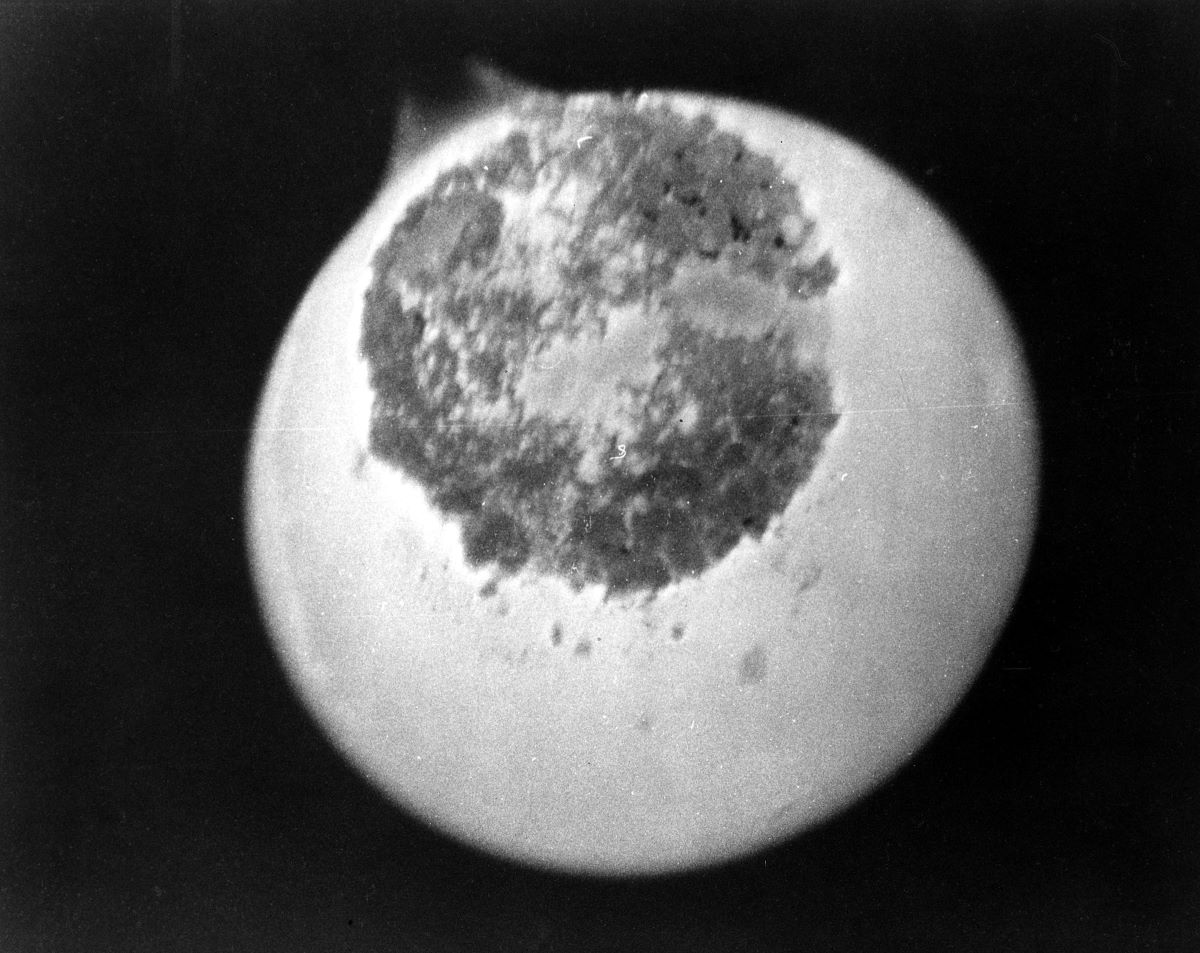
Protactinium might not be the first element that comes to mind when thinking about the periodic table, but it has some pretty cool facts worth knowing. This rare, silvery metal sits between thorium and uranium, making it part of the actinide series. Did you know that protactinium is incredibly dense and radioactive? It was first identified in 1913, but it took a few more years for scientists to isolate it. Despite its scarcity, protactinium plays a crucial role in scientific research, especially in understanding nuclear reactions. Ready to dive into 50 fascinating facts about this intriguing element? Let's get started!
Key Takeaways:
- Protactinium is a rare and highly radioactive element with a fascinating history and unique properties. It has limited applications due to its scarcity and toxicity, but it plays a crucial role in scientific research and safety protocols.
- Handling protactinium requires strict safety measures due to its high radioactivity and toxicity. It is crucial to follow safety guidelines to prevent contamination and ensure the well-being of researchers and the environment.
What is Protactinium?
Protactinium is a rare and highly radioactive element. It sits in the actinide series on the periodic table. Here are some fascinating facts about this elusive element:
- Protactinium has the symbol Pa and atomic number 91.
- It was first identified in 1913 by Kasimir Fajans and Oswald Helmuth Göhring.
- The name "protactinium" means "parent of actinium."
- Protactinium is incredibly rare, found in only a few parts per trillion in Earth's crust.
- It is highly radioactive and must be handled with care.
- The element is silvery-gray in appearance.
- Protactinium has a melting point of 1,572 degrees Celsius.
- Its boiling point is 4,026 degrees Celsius.
- It is one of the densest naturally occurring elements.
- Protactinium is toxic due to its radioactivity.
Discovery and History
The discovery of protactinium is a tale of scientific curiosity and perseverance. Let's delve into its historical background:
- In 1913, Fajans and Göhring discovered protactinium while studying uranium decay.
- They initially named it "brevium" due to its short half-life.
- In 1918, it was independently discovered by Otto Hahn and Lise Meitner.
- Hahn and Meitner proposed the name "protoactinium."
- The name was later shortened to "protactinium" in 1949.
- Protactinium-231 was identified as the longest-lived isotope.
- The element was first isolated in 1934 by Aristid von Grosse.
- Early research was limited due to its scarcity and radioactivity.
- Protactinium's properties were further studied during the Manhattan Project.
- It played a minor role in early nuclear research.
Physical and Chemical Properties
Protactinium's unique properties make it a subject of interest for scientists. Here are some key characteristics:
- Protactinium is a solid at room temperature.
- It has a high density of 15.37 grams per cubic centimeter.
- The element is paramagnetic.
- It forms various compounds, including oxides and halides.
- Protactinium is resistant to corrosion in air.
- It reacts with oxygen, acids, and halogens.
- The element has multiple oxidation states, ranging from +3 to +5.
- Protactinium-231 has a half-life of 32,760 years.
- It emits alpha particles during radioactive decay.
- Protactinium compounds are often used in research.
Applications and Uses
Despite its rarity and radioactivity, protactinium has some specialized applications:
- Protactinium is used in radiometric dating.
- It helps determine the age of marine sediments.
- The element is used in neutron activation analysis.
- Protactinium-231 is a tracer in geological studies.
- It has potential applications in nuclear reactors.
- Research is ongoing to explore its use in advanced materials.
- Protactinium's radioactivity makes it useful in scientific experiments.
- It is studied for its potential in medical imaging.
- The element's scarcity limits its widespread use.
- Protactinium's high cost also restricts its applications.
Safety and Handling
Handling protactinium requires strict safety measures due to its radioactivity. Here are some important considerations:
- Protactinium is highly radioactive and toxic.
- It must be stored in specialized containers.
- Handling requires protective clothing and equipment.
- Exposure can cause severe health effects.
- Inhalation or ingestion of protactinium is dangerous.
- It can cause radiation poisoning.
- Long-term exposure increases cancer risk.
- Laboratories follow strict protocols when working with protactinium.
- Disposal of protactinium waste is regulated.
- Safety guidelines are essential to prevent contamination.
The Fascinating World of Protactinium
Protactinium, with its unique properties and historical significance, stands out in the periodic table. This rare element, discovered in the early 20th century, has intrigued scientists for decades. Its role in nuclear research and its complex extraction process highlight its importance in scientific advancements.
Despite its scarcity, protactinium's contributions to our understanding of nuclear reactions and radioactive decay are invaluable. Its presence in uranium ores and its challenging isolation process make it a subject of ongoing research and interest.
In essence, protactinium is more than just a chemical element; it's a testament to human curiosity and the relentless pursuit of knowledge. Whether you're a science enthusiast or just curious about the elements, protactinium offers a glimpse into the intricate and fascinating world of chemistry. Keep exploring, and who knows what other amazing facts you'll uncover!
Frequently Asked Questions
Was this page helpful?
Our commitment to delivering trustworthy and engaging content is at the heart of what we do. Each fact on our site is contributed by real users like you, bringing a wealth of diverse insights and information. To ensure the highest standards of accuracy and reliability, our dedicated editors meticulously review each submission. This process guarantees that the facts we share are not only fascinating but also credible. Trust in our commitment to quality and authenticity as you explore and learn with us.


